In an exclusive conversation with APAC Media and CXO Media (an initiative of APAC Media), Harshvardhan Lunia, Founder & Managing Director (MD) of Lendingkart shares the journey of his fintech startup. He discusses the vision behind Lendingkart and the milestones it has achieved so far, highlighting how the startup is transforming MSME lending in India.
What inspired you to start Lendingkart, and how has it evolved over the years?
A very famous saying goes something like this – The apple doesn’t fall far from the tree! Well, this applies beautifully to the seed of Lendingkart. I come from a business family – a family of champions that always inspired me to follow my dreams. When I was doing my MBA we did a project on small businesses in the country and that was the first time I came to understand the challenges they face on a day-to-day basis, especially with regard to financial access.
This understanding became deeper when I started my professional career in banks working for the MSME sector. There was clearly a demand-supply gap in working capital for small businesses among other issues. Imagine, if an SME business owner wants to get a loan to say expand his shop, he is required to shut his business for the day to go to the bank. Then, fill out endless paperwork. Run from one counter to another. And, most importantly, should have collateral. I saw many many business owners facing this day in and day out. The time it took for the loan to come in was also very long. Those who didn’t go to the bank reached out to the middlemen and ended up with very high rates of interest.
This inspired me to launch Lendingkart in 2014 with a vision to bridge this credit accessibility gap for MSMEs. Our goal was to digitize the lending process, allowing small business owners to apply for loans from their homes, shops, or factories. We developed a system to analyze multiple data points to assess creditworthiness, catering to businesses that lacked collateral, had no paperwork, or were new to the credit system.
Today, Lendingkart has given loans worth Rs. 20,000 crores in more than 14,500 pin codes in the country. This is just the beginning. India is headed to become a $7 trillion economy by 2030 and at the backbone lies the MSME sector. We empower them, we empower the nation.
What sets Lendingkart apart from traditional lenders and other fintech competitors?
All players in the financial ecosystem are working towards financial inclusion, and each has made remarkable progress. For the past 10 years, we have continuously evolved our technology to simplify the loan process—from origination to disbursal—while also building a strong team, ensuring data security, and establishing a robust co-lending network.
Since our inception, we have been focused on a single product i.e. business loans for MSMEs. Business Loans Bole Toh Sirf Lendingkart. And every working minute, all we are trying to do is improve our product so that our offering can be availed by many.
There are over 65 million MSMEs in the country, and till the last person has not been given credit access, our work remains undone. We have served over 14,500 pin codes in the country (there are a total of 19000 pin codes) which is more than 4,100 towns and cities making us the fintech with the largest geographical footprint in the country!
How is Lendingkart ensuring financial inclusion, especially for small businesses in underserved regions of India?
Today, almost everyone owns a smartphone, and post-pandemic, people are more comfortable performing activities online—whether it’s banking, grocery shopping, or making payments. Even when we started Lendingkart, we saw early signs of digitization. Small businesses exist in every corner of the country, and going digital was the best way to reach them. That was our first step toward financial inclusion.
Our process is simple: no physical branches, no endless paperwork. A business owner can apply for a loan online—from our website or mobile app—while sitting comfortably at home, sipping tea. The application takes less than five minutes to complete!
We have also leveraged advanced technology to streamline the entire lending process—from origination and underwriting to disbursement and collections. The easier the process, the higher the acceptability. With our advanced tech stack, we evaluate customers with minimal documentation or even no paperwork, helping those who are new-to-credit and expanding our reach.
Additionally, to ensure accessibility for all, we offer loan applications in multiple regional languages, making MSME finance simpler and bridging the financial gap across the ecosystem.
What have been the key milestones in Lendingkart’s journey so far?
Since our inception, Lendingkart has reached several significant milestones. One of the most memorable moments was in April 2014, when we disbursed our first-ever loan to a business owner in Guwahati—2,000 kilometers away from where we were based. I still remember the joy we felt at that moment.
Since then, we have disbursed loans to over 250,000 MSMEs, amounting to more than Rs. 20,000 crores. But for us, these are not just numbers—every loan disbursed is a dream fulfilled.
From a technology standpoint, our evolution has been remarkable. We started with a single loan application, and today, we process millions. We were one of the early adopters of the Account Aggregator framework, and over the years, we have transformed into a comprehensive data warehouse, enhancing our ability to evaluate and serve MSMEs better.
Another proud achievement is our consistent industry recognition. Lendingkart has been honored as the Best Fintech for three consecutive years, which validates our commitment to innovation and impact. For any entrepreneur, the goal is to build a sustainable business, and we are not only achieving that but also setting new benchmarks in the fintech space.
How have strategic partnerships contributed to Lendingkart’s growth, and what’s next for the company?
Strategic partnerships have played a crucial role in our journey. Our first investment round with India Quotient was a defining moment, giving us the initial push for expansion. Over time, we recognized the need for a strong co-lending framework, and in November 2020, we launched our co-lending platform. Today, we have over 20 co-lending partners, and 90% of our business now operates through co-lending.
Looking ahead, we are excited about our next phase of growth with Fullerton Financial Holdings, which will further strengthen our ability to serve MSMEs and enhance financial inclusion across India.








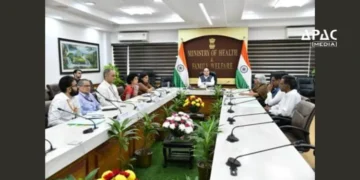



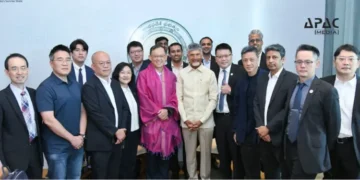

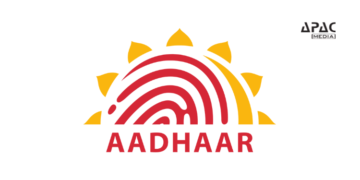
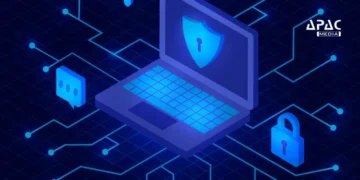


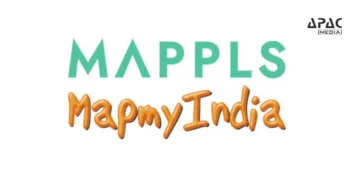





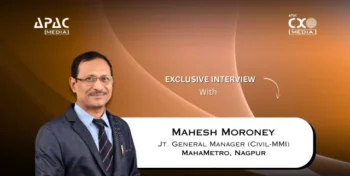

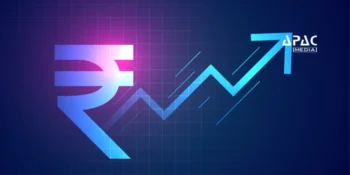

Discussion about this post